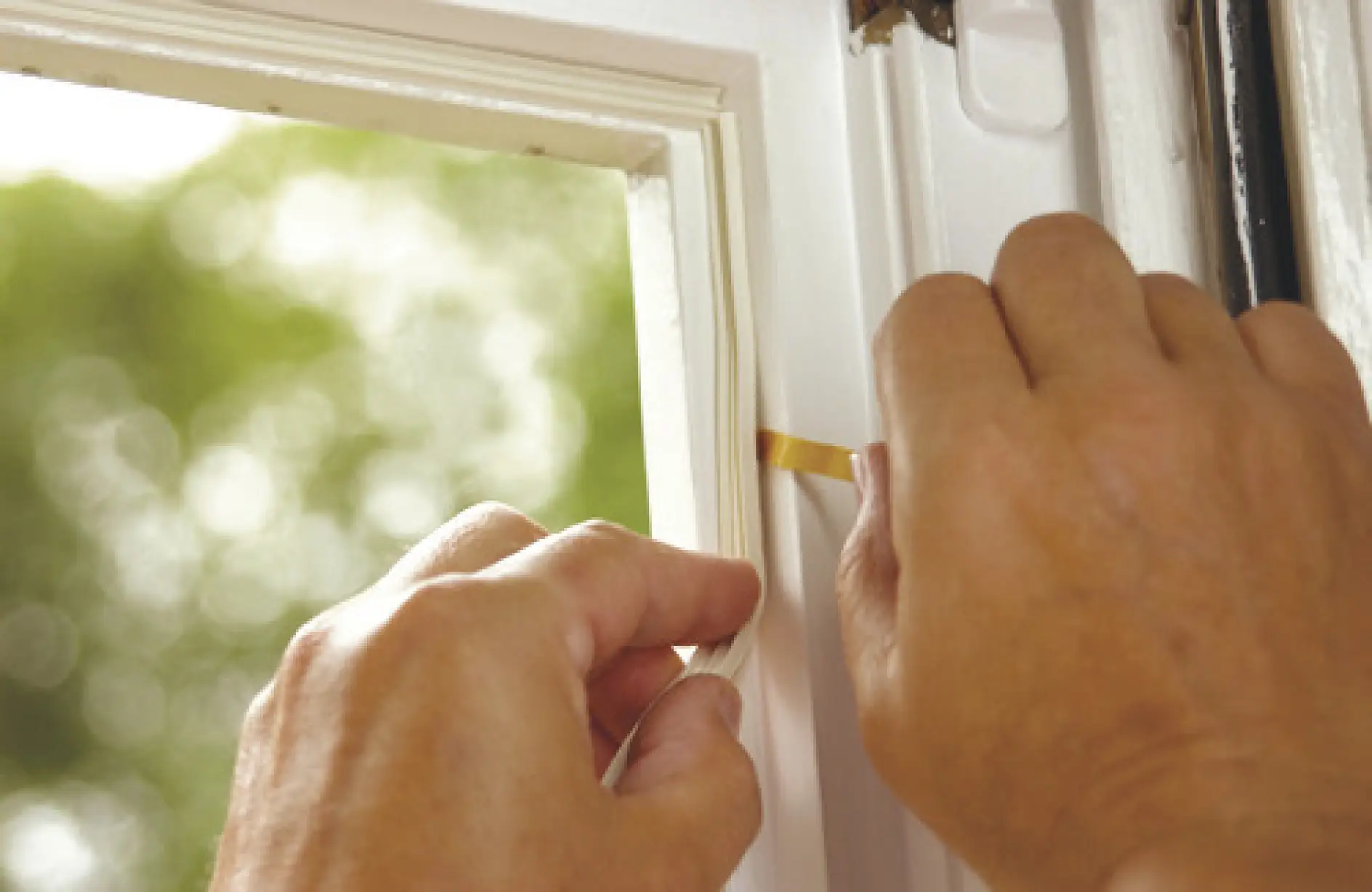Joachim Zeller: A study on the air permeability of tesamoll® sealing strips certifies that the product range has very good sealing performance. Based on this, we calculated the energy-saving effects that can be achieved by weather-proofing window gaps of various widths. Our study focused on single-family homes and multi-household dwellings built in the 1960s and 1970s.
What results did you get?
Joachim Zeller: In all study models with gap widths of 2 mm or greater, the use of tesamoll® tapes shows a positive saving effect as early as after one winter. The cost savings for heating are then already more than the purchase price for the tapes. For a house with many non-sealed windows with larger gap widths, up to 20 percent of heating costs can be saved using the sealing strips. A case in point: For gaps 3 mm wide, you save around EUR 150 in heating costs per roll in four years. For wider gaps, you can save even more money.
Is this a solution only for tenants or also for home and condominium owners?
Joachim Zeller: In the long term, owners are betting on revamping their buildings – also in view of the energy certificate, which has been in place since mid-2008. It is recommended that condominium owners, who cannot decide by themselves whether to replace windows, as well as homeowners, who cannot or do not yet want to revamp, install sealing strips on their window joints before the onset of winter to minimize heat loss.
Can you also make mistakes when ventilating rooms, and not just with unintended air slipping through cracks?
Joachim Zeller: For health and energy reasons, appropriate ventilation through windows is desirable. This means that the frequency and intensity of ventilation is primarily related to the outside temperature and the humidity in the room. The rule of thumb for the months November through March is short, intense ventilation for 4 to 6 minutes every 2 hours, if possible. During the summer months, the ventilation intensity should be significantly higher, i.e. half an hour each time you ventilate.
It is not only possible to ventilate too much, but also too little. What happens then?
Joachim Zeller: By ventilating too little, you run the risk of not only having stuffy air, but also higher humidity, which can lead to the formation of mold. When sealing strips are installed, you should also ventilate more. Yet moderate ventilation is not an energy waster, in contrast to non-sealed window joints.
Why is that?
Joachim Zeller: Air inflow through window joints is driven by the weather. The colder and windier it is outside, the more air is forced through the joints. The required dehumidification occurs very quickly, yet the airflow through the joints continues. For energy reasons, this should be precisely the other way around: the warmer the outside temperature, the more intensely the room should be ventilated. The frequency and intensity of ventilation is best taken into your own hands.


